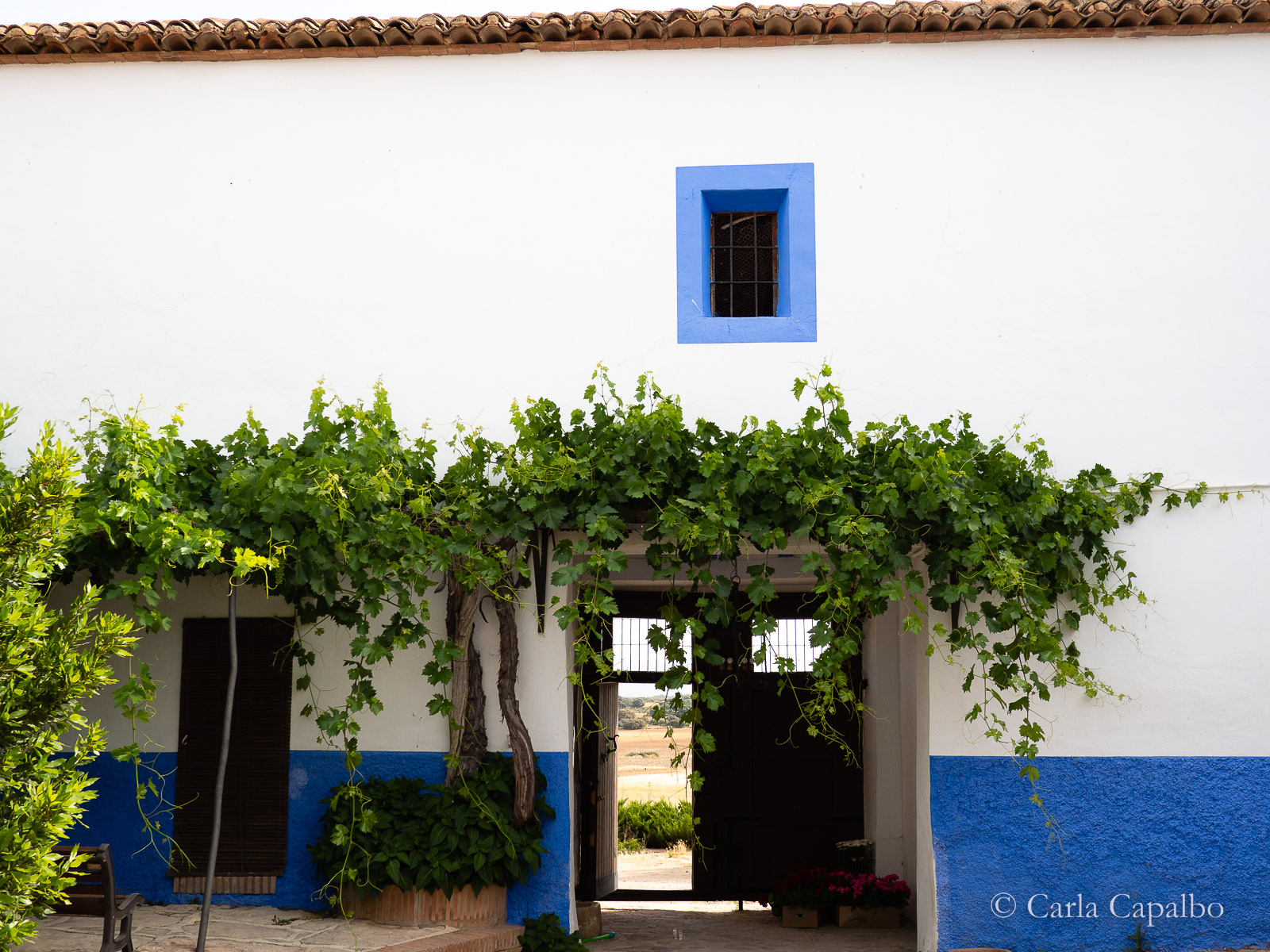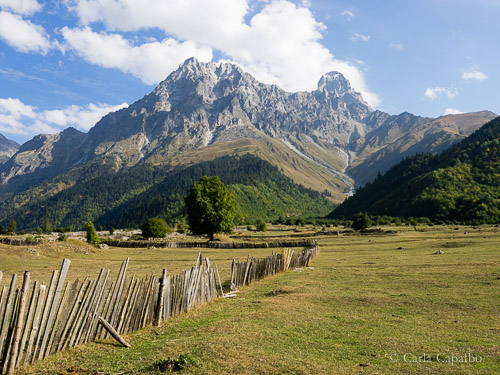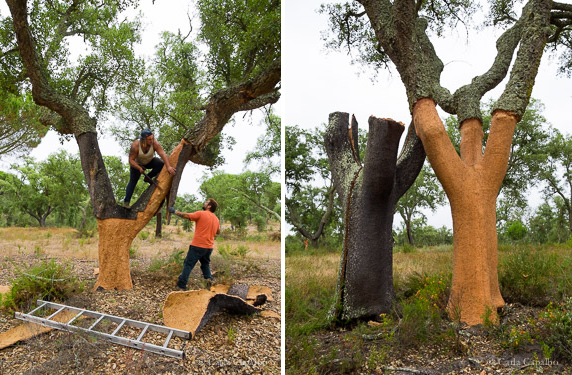Pina’s Sicilian Food
July 31, 2012
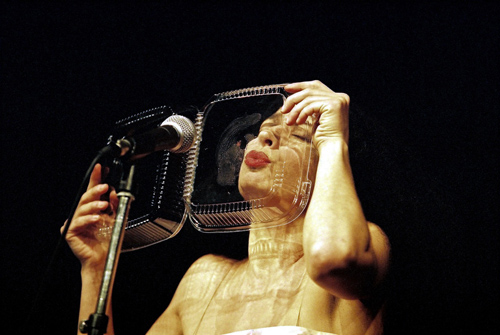
Nur Du. Photo by Ursula Kaufmann
Summer in the city. The Olympics have brought far more than sport to London this year. The skies may have been gray but the city’s programme of cultural events has been radiant, with special exhibitions, concerts, theatre and dance contributing to the impressive 2012 festival.
Pina Bausch’s company was invited by Sadler’s Wells and the Barbican Centre to present an unprecedented sequence of dance pieces created by the late German choreographer, who died in 2009. For the first time, World Cities 2012 assembled ten pieces Pina and her company produced over 25 years in collaboration with international cities, including Santiago del Chile, Los Angeles, Rome, São Paulo, Istanbul and Hong Kong.
I managed to buy last-minute tickets to nine of the ten dance shows. Needless to say, I was particularly keen to see the two based on Italian cities. Palermo Palermo was the first Pina Bausch work I ever saw, in Milan in the early ‘90s. It knocked me out then and I was anxious to see it again. A wall of huge breeze blocks shields the stage from view as the piece opens. After a minute of silence, the wall implodes, crashing back on the stage in what must be the most dramatic start ever to a theatrical performance. The dancers spend the next 2 ½ hours acting, speaking, playing and dancing among the ensuing rubble.
Food appears fairly often in the Cities pieces, but never more poignantly than in Palermo Palermo. The company, who researched each of these works on location before they were choreographed, must have been struck by food’s vital role in Sicilian society. In Palermo Palermo, food is more than just something to eat. It’s a central part of the fabric of life, and a key component of the mosaic that Pina assembles through little vignette scenes to make her final picture. These moments punctuate this piece; here are a few of my favourites.
A woman walks on stage with a handful of loose spaghetti tucked under her arm like a newspaper. She pulls out a single strand and declares: ‘questo spaghetto è mio spaghetto’ (this spaghetto is my spaghetto). When I saw it in Milan, the line was delivered in Italian and sent ripples of laughter through an audience unused to thinking of spaghetti as anything but plural. Dominique Mercy, the company’s present director and one of Bausch’s longest collaborators, takes that motif a step further: he stabs his nude torso repeatedly with the thin pasta sticks as they snap under pressure into shorter and shorter lengths.
Two men in trenchcoats squeeze a lemon onto their hair before combing it back like brilliantine. In another scene, a man living like a hermit in a closet heats an iron. He turns it hot-side up and fries an egg on it. That’s the art of getting by with what you have – l’arte di arrangiarsi – that flourishes in Naples and Sicily: there’s no limit to the inventiveness of necessity.
A man throws tomatoes at a woman’s face as the violence that lurks beneath the surface in this piece bubbles up. A place is set for dinner on the ground, on a block of the fallen stone, with a plate of pasta positioned at its centre. A mangy dog appears and hungrily feasts on the meal. A man eats into two apples poised perfectly on a woman’s breasts. A woman hacks away at something: she has hollowed a loaf. She stands, fits the loaf onto her foot like a shoe, and strides off. Another woman sprinkles sugar on her lips and calls: ‘kiss me’ to a man passing by.
A couple appear. The man is dressed, as Pina’s men so often are, in a dark baggy suit. The woman acts aggressively towards him. He shakes his left sleeve and two salamis roll to the ground. She berates him again. This time it’s packets of ham that fall from his right sleeve. Again and again the gestures are repeated until the floor is littered with meat packs that have appeared from his trousers, coat and back. When he has nothing more to hide, the couple march off and the scene ends.
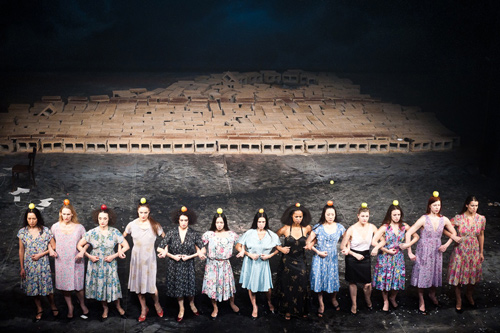
Palermo Palermo. Photo by Joachen Viehoff
A line of women, each with an apple balanced on her head, link arms and sway to the beat of a Sicilian funeral march. In another monumental group scene, the company assembles like the striking labourers in Pellizza da Volpedo’s iconic 1901 painting, Il Quarto Stato. Slowly they advance towards the front of the stage with the swinging arm movements of peasants sowing grain, only here they’re scattering the domestic detritus – plastic bottles, odd shoes and food wrappers – that has become the jetsam of the city’s streets.
Each of the ten works was performed just twice over the month’s run. It was thrilling to be able to spend so much time with this remarkable, vibrant company whose brilliant creator was never far from anyone’s thoughts.
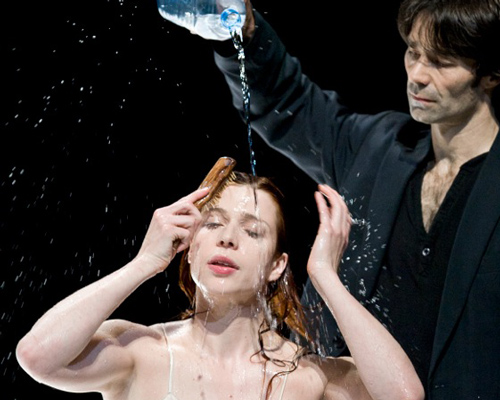
Como el Musguito. Photo by Bo Lahola
Note: the photographs are courtesy of the Pina Bausch company, Tanztheater Wuppertal. www.pina-bausch.de/en

